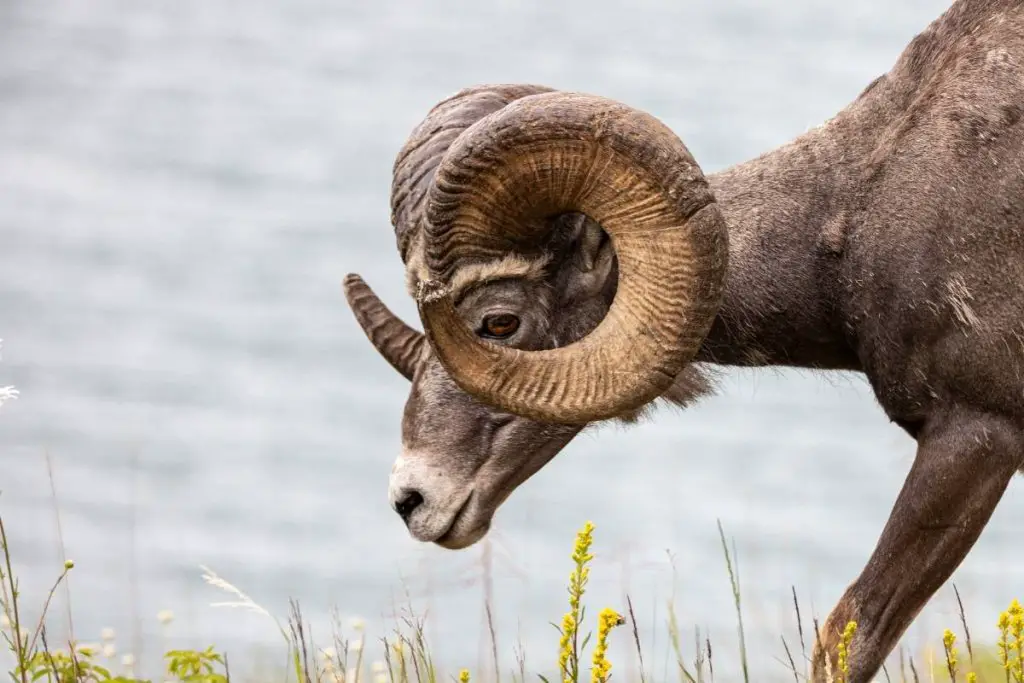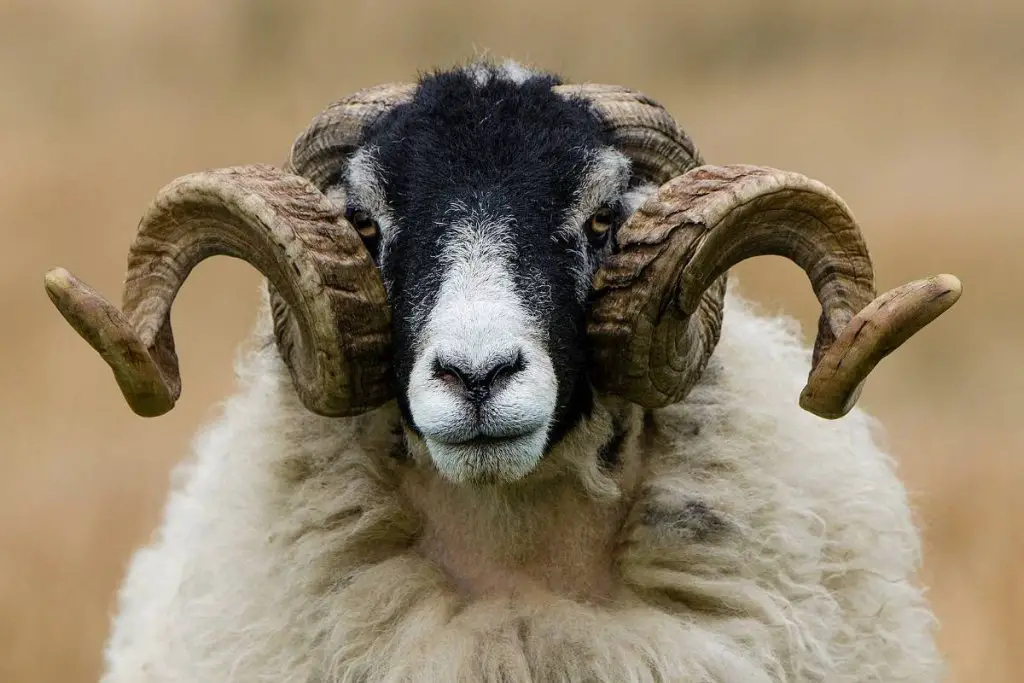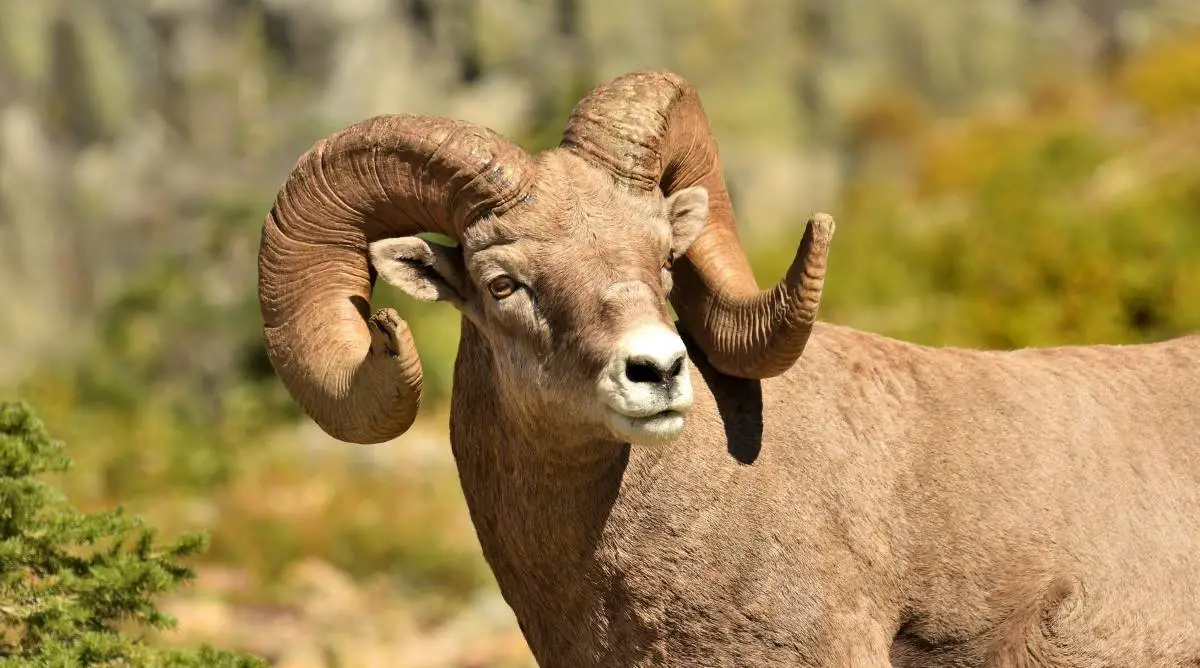Whether rams have horns or not depends on the breed and age of the animal. Ram lambs are born with horn buds, and start to grow horns over the first months and years of their life. Some breeds of ram don't have horns at all, while some breeds have large horns.
Table of Contents
Not all rams have horns
There are many breeds of ram without horns. Through human domestication, the trait of having horns has diminished over time. Breeders have selected for traits in rams that increase meat, milk, and wool production.
Horns are not advantageous from a farmer’s perspective and can make flock management more difficult. Commercial farmers often prefer hornless rams.
Ram breeds with horns
- American Blackbelly
- Black Welsh Mountain
- Herdwick
- Awassi
Ram breeds without horns
- California Red
- Derbyshire Gritstone
- Devon Longwoolled
- Gotland
- Romney
Ram lambs are born with horn buds (not horns)
Ram lambs aren’t born with horns, but if they are a horned breed, they are born with horn buds. Horn buds are protrusion from the skull of the lamb that eventually grow into horns.
These horn buds develop into horns as the lambs mature over the first few months and years of their lives.
Wild rams need horns to survive

Wild rams need horns to survive. Here are a few uses:
- Defense. Wild sheep need to defend themselves against predators and against other rams.
- Marking territory. Rams use their horns in contests over turf to show dominance over their territory.
- Competition. Rams fight to determine who will mate with ewes every mating season.
- Grazing. Wild sheep fend for themselves, and may use their horns to facilitate grazing, according to the National Wildlife Federation.
Ram horns come in many shapes and sizes

Ram horns come in different shapes and sizes but share a lot of characteristics, no matter the breed:
- The horn’s bony core is wrapped in a hard keratin covering and attached to the ram’s skull. (Keratin is the same material as human nails.)
- Ram horns grow the most during the first two to three years, and will keep growing throughout their life. If broken or cut off, they remain that way.
- In general, ram horns are curved rather than straight. Bighorn rams are known for having curled horns. Mouflon sheep also have impressively large curled horns.
- Some sheep have straight horns that curve back toward their heads. Sheep with straight horns usually have smaller heads and necks than most breeds. An example of a breed with this kind of horn is the Barbary.
- Some sheep breeds can have as many as three pairs of horns. The Jacob sheep can grow anywhere from two to six horns, but the most common is four. The Icelandic sheep can also grow four horns.
The biggest horns are found on wild rams
Wild rams have some of the biggest horns in existence:
- Bighorn sheep: Native to North America, bighorn rams have gigantic, curved horns that grow up to 3 feet long (91.44 cm) and weigh about 30 pounds (13.61 kg).
- Dall Sheep: Dall sheep rams have massive, curved horns that grow to about 3.8 feet long. The horns have rings (annuli) along their length – that form annually and determine the sheep’s age.
- Arapawa sheep: Arapawa ram horns have a characteristic spiraled shape and can grow up to 3.2 feet (97.53 cm).

